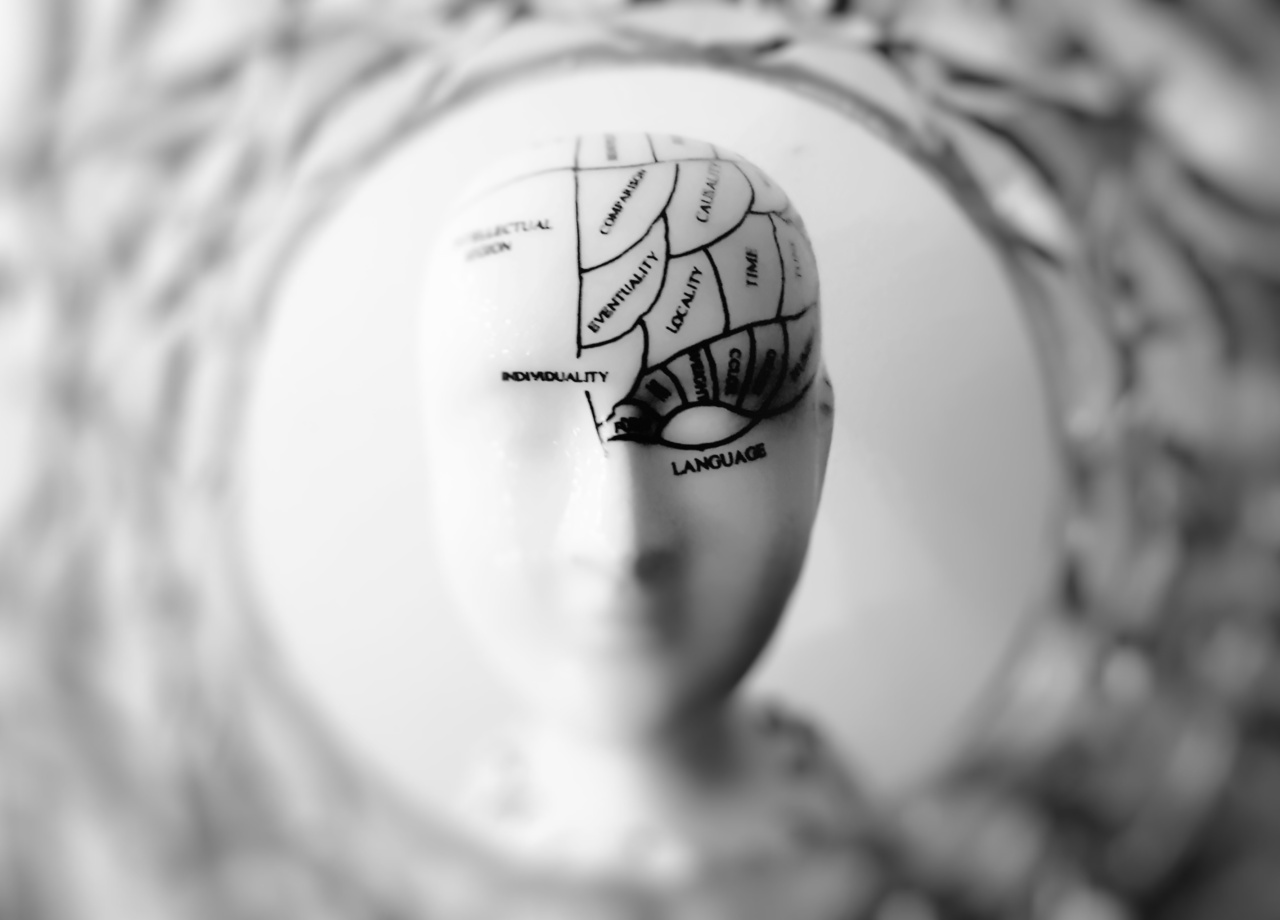Self-esteem is a crucial component of mental health. It influences our thoughts, feelings, and behaviours, and shapes how we see ourselves and interact with others. Self-esteem is the degree to which an individual feels worthy, confident, and competent.
Researchers have long been interested in understanding the neural correlates of self-esteem. In recent years, advances in brain imaging techniques have made it possible to visualize the brain regions involved in self-esteem.
In this article, we will explore the neural circuitry of self-esteem and how it contributes to our sense of self.
What is Self-Esteem?
Self-esteem is a complex construct that encompasses multiple dimensions, including self-worth, self-confidence, and self-efficacy. It is a subjective evaluation of the self that can vary across time and situations.
Self-esteem is not fixed, but rather is shaped by various internal and external factors.
Individuals with high self-esteem tend to have a positive view of themselves and their abilities, and are more likely to engage in behaviours that reflect their confidence and competence.
On the other hand, individuals with low self-esteem may experience feelings of inadequacy, self-doubt, and a lack of confidence in their abilities.
The Neural Circuitry of Self-Esteem
Neuroimaging studies have revealed that self-esteem is associated with activity in several brain regions, including the prefrontal cortex, the amygdala, and the striatum.
These regions interact with each other to shape our sense of self and influence our thoughts, emotions, and behaviours.
The Prefrontal Cortex
The prefrontal cortex (PFC) is a region located at the front of the brain that plays a critical role in regulating our emotions, thoughts, and behaviours.
It is involved in a range of cognitive functions, including decision-making, planning, and problem-solving.
Research has shown that the PFC is also involved in self-esteem. Specifically, the medial prefrontal cortex (mPFC) is activated when individuals think about themselves in a positive light.
This region is thought to play a key role in the cognitive processing of self-relevant information and the formation of a positive self-image.
In contrast, the dorsolateral prefrontal cortex (dlPFC) is activated when individuals think about themselves in a negative light.
This region is involved in cognitive control and regulation of emotions, and is thought to play a role in inhibiting negative self-referential thoughts.
The Amygdala
The amygdala is a small, almond-shaped structure located in the temporal lobe of the brain. It is involved in emotion processing, particularly fear and anxiety.
Research has shown that the amygdala is also involved in self-esteem. Specifically, activity in the amygdala is reduced when individuals think about themselves in a positive light.
This suggests that positive self-evaluation may be associated with decreased negative emotions such as fear and anxiety.
The Striatum
The striatum is a group of structures located deep within the brain that are involved in reward processing and motivation. It is composed of the caudate nucleus, putamen, and nucleus accumbens.
Research has shown that the striatum is involved in self-esteem. Specifically, the nucleus accumbens is activated when individuals receive positive feedback about themselves or their accomplishments.
This suggests that positive self-evaluation may be associated with increased motivation and reward processing.
Implications for Mental Health
Understanding the neural circuitry of self-esteem has important implications for mental health.
Individuals with low self-esteem may have altered patterns of brain activity compared to those with high self-esteem, which could contribute to the development of mental health problems.
For example, individuals with depression may have reduced activity in the mPFC and increased activity in the amygdala, which could contribute to negative self-evaluation and rumination.
Similarly, individuals with anxiety may have increased activity in the amygdala and reduced activity in the dlPFC, which could contribute to excessive worry and negative self-talk.
On the other hand, interventions that target the neural circuitry of self-esteem may be effective in improving mental health outcomes.
For example, cognitive behaviour therapy (CBT) has been shown to be effective in reducing symptoms of depression and anxiety by targeting negative self-referential thinking patterns and promoting more positive self-evaluation.
Conclusion
Self-esteem is a complex construct that is shaped by multiple internal and external factors.
Advances in brain imaging techniques have made it possible to visualize the neural circuitry of self-esteem, highlighting the role of the prefrontal cortex, amygdala, and striatum. Understanding the neural correlates of self-esteem has important implications for mental health, and may lead to the development of more effective interventions.






























